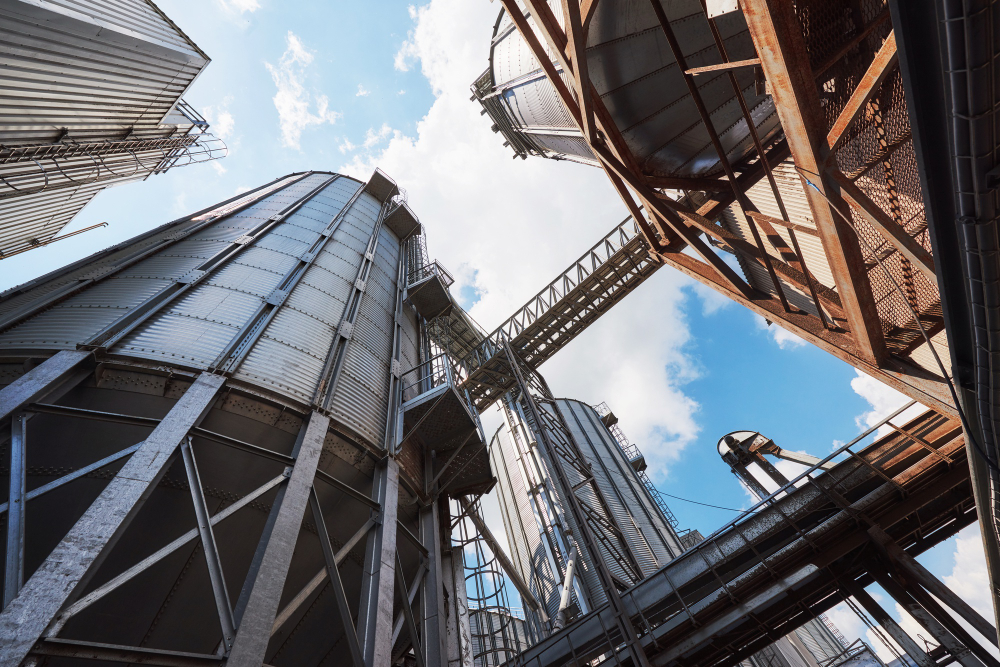


The modified yeast makes biomass pre-treatment with enzymes unnecessary and can therefore lower the cost of producing 2G ethanol (photo: Freepik*)
Published on 07/29/2024
By Julia Moióli | Agência FAPESP – A novel genetically modified strain of the yeast Saccharomyces cerevisiae developed in Brazil has shown the potential, under conditions similar to those prevailing in industry, to increase production of second-generation ethanol by up to 60% without the need to increase sugarcane acreage. According to an article published in Scientific Reports, the innovation could also reduce the industry‘s production costs.
The study was conducted by researchers at the University of São Paulo (USP) and collaborators, with FAPESP’s support (projects 15/50590-4, 15/50612-8, 17/15477-8, 18/17172-2, 18/01759-4, 19/18075-3, 20/05784-3, 21/04254-3, 22/05731-2 and 22/08958-8).
Sugarcane growing and crushing for sugar and ethanol produce millions of tons of lignocellulosic biomass, an organic residue comprising lignin, cellulose and hemicellulose. Most of this material is currently burned to generate electricity, but it can also serve as feedstock for the production of 2G ethanol, which has a smaller carbon footprint than most fuels, precisely because it uses “waste” left over from ordinary ethanol and sugar production.
However, lignocellulosic biomass is hard to use because it is a complex sugar and is not naturally metabolized by S. cerevisiae. 2G ethanol production therefore requires an additional pre-treatment stage at high temperature and pressure, as well as a hydrolysis stage involving enzymes that break the sugars down and make them available for fermentation and to produce ethanol.
In the study, the researchers used gene sequences from enzymes found in other fungi to construct a novel strain of S. cerevisiae capable of transporting and internally degrading components of the hemicellulose (oligosaccharides) found in lignocellulosic biomass.
Developed in partnership with researchers at the State University of Campinas (UNICAMP) in Brazil, the University of Illinois at Urbana-Champaign (UIUC) in the United States and the University of Bath in the United Kingdom, and tested in an industry-like environment, the novel yeast has other important modifications. Substitution of certain genes enables it to metabolize acetic acid, a toxic byproduct of hemicellulose digestion that yeasts do not normally consume and that impairs the fermentation process.
“We used metabolic engineering to make the yeast self-sufficient in processes in which this wouldn’t naturally be the case,” said Dielle Pierotti Procópio, first author of the article and a researcher at the University of São Paulo’s Institute of Chemistry (IQ-USP).
The mutant strain produced 60% more ethanol and 12% less xylitol (from xylose) than the control strain.
Cost-effective and environmentally correct
The highlight of the novel yeast is its capacity to boost 2G ethanol production without requiring an increase in sugarcane planted area. In addition, because the biomass can metabolize complex sugars, it does not need to undergo severe chemical treatment at high temperatures and pressures, which consumes more energy and generates a large amount of environmentally aggressive waste.
Cost-effectiveness is yet another advantage. “Producers normally have to buy enzymes that digest complex sugars, significantly raising the cost of the process. This is an extra expense that isn’t incurred in conventional fuel production,” said Thiago Olitta Basso, last author of the article and a professor in the Department of Chemical Engineering at the university’s Engineering School (POLI-USP).
“Less severe pre-treatment conditions also reduce the amount of toxic compounds produced, enhancing fermentation of 2G ethanol and boosting yields still further,” he explained.
According to the researchers, the novel yeast’s potential to control contaminating bacteria could be a focus for future investigations. Lactic bacteria in particular tend to reduce yields, as they do not metabolize complex sugars. By eliminating pathogenic bacteria, it would be possible to avoid the harm done to the environment by the antibiotics used by the industry.
The article “Metabolic engineering of Saccharomyces cerevisiae for second-generation ethanol production from xylo-oligosaccharides and acetate” is at: www.nature.com/articles/s41598-023-46293-8.
* Image by standret on Freepik
Source: https://agencia.fapesp.br/52341